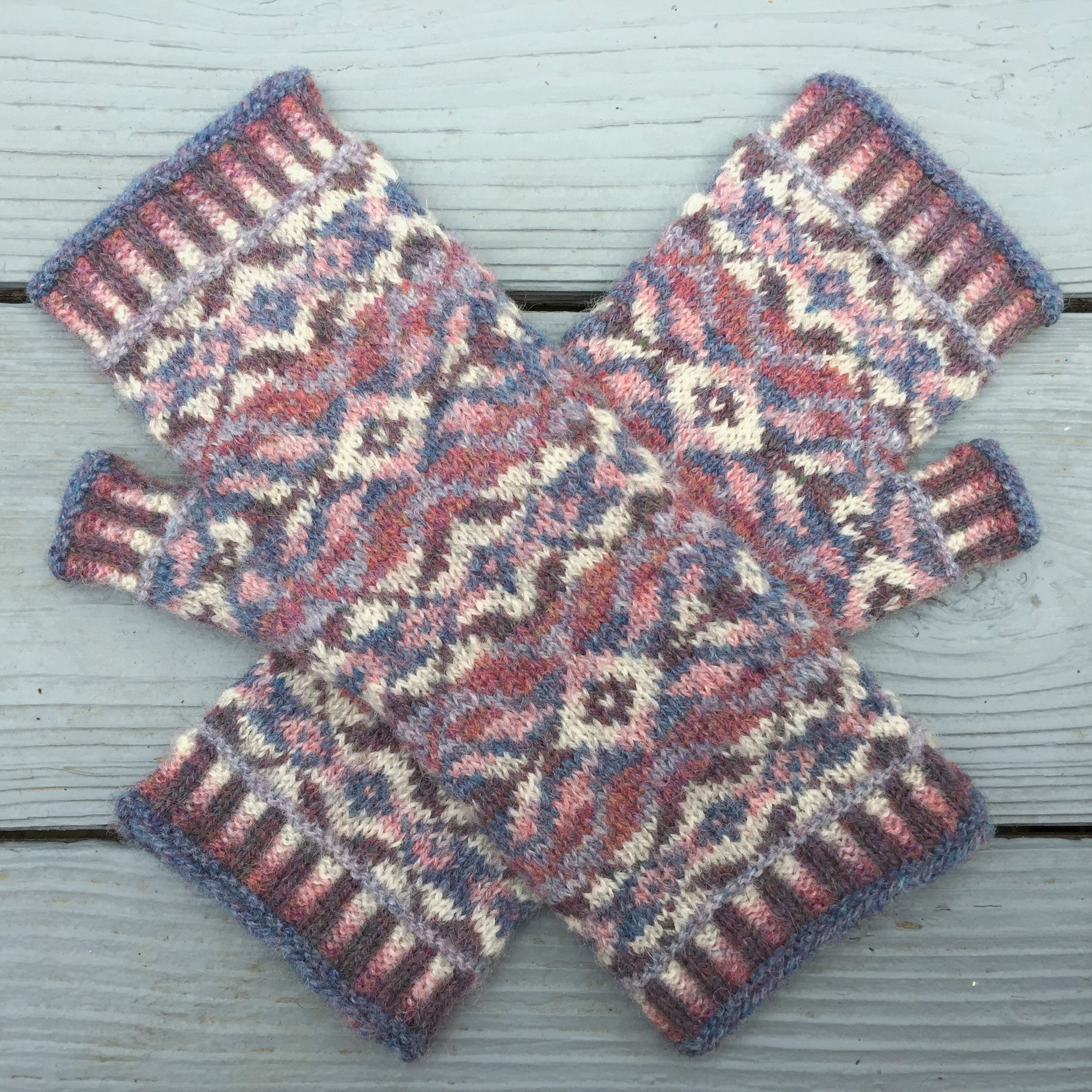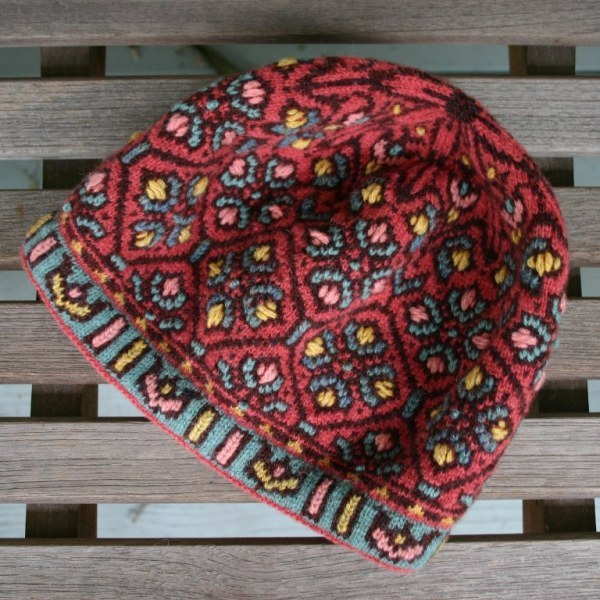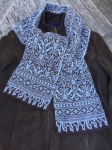Someone just posted an interesting question in my Two Strands group on Ravelry. It’s one I’m often asked regarding Norwegian steeks, so I’ll share it with you folks here, too. She’s thinking about knitting the Dale Sirdal design from their new Book 267 and she’s wondering just how many steek stitches she should use.

Dale Book 267 Traditional Designs for the Family, available through my Kidsknits.com on-line yarn shop.
Dale instructs her to set up the steek with four “cutting stitches” (steek stitches, to most of us.) That’s not a bad approach, but I like 5 stitches better. Here’s my reply, below, or you can visit my Two Strands group on Ravelry for the whole story:
Regarding the # of steek sts: It’s your call! If you’re machine-reinforcing your steek, as they direct (I would), it’s a question of how much sewing and cutting leeway you want to give yourself versus how many extra stitches you’re willing to forsake to the steek. Personally, I like 5 steek sts:
The outermost blue columns belong to the body of the sweater.
The red lines indicate where you’ll pick up stitches for the button band.
I like to alternate the colors for each steek stitch, and I keep that stitch patterning vertically consistent, so that my steek stitches form clear sewing (yellow) and cutting (center blue column, #3) lines.
The Dale patterns use 4 stitches (think of my diagram, above, without the center column #3) and they simply instruct you to sew two double lines within the 4 steek stitches and cut the steek open between the pairs of lines. In truth, there’s nothing wrong with that approach at all; but, adding the 5th stitch for the center cutting line does a couple of nice things for you:
1) There’s no guessing as to where to cut – a very nice thing for those of us with less-than-perfect vision! A mistake in the cutting can ruin everything, so I think the one extra stitch column is well worth the effort.
2) As long as you keep your machine stitching within those (yellow) guidelines of columns #2 & #4, you can trim away as much (or as little) of central column #3 as you need to get a nice, straight edge. That can work to especially nice effect if you do a “covered steek”, as I often like to do on my cardigan designs. (I have more info about covered steeks on an old steeks article I put up on my Kidsknits.com site ages ago: http://www.kidsknits.com/steeks_introduction.html
HAPPY CUTTING!















